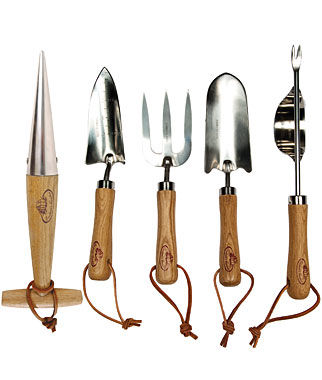Published in the February 13 – 26 2019 issue of Morgan Hill Life

If you only have one garden tool, make it a high quality bypass pruner. Pruners are used to remove dead or diseased stems and train trees and shrubs. Other cutting tools used in the garden include shears, to trim hedges; long-handled loppers, for better leverage; pole pruners, for tree tops; and curved pruning saws. Cutting tools should always be kept clean and sharp. This reduces damage to plants and speeds healing. These tools should be oiled and sanitized regularly to keep them working properly and to prevent the spread of pests, diseases, and chemicals.
Next, protect your hands and your back. Gardening barehanded is an easy way to develop cracked, stained skin and dirty, chipped nails. Gardening gloves provide good hand protection, while a cart or wheelbarrow can save your back. Watering cans, garden hoses, and soaker hoses help you keep plants hydrated without too much effort. If you are growing edible plants, it is a good idea to invest in food-grade hoses.
Whether you are preparing beds for planting, moving compost, or transplanting seedlings, there are many digging tools to make the work easier.
Pitchforks and spading forks move bulky materials. Pitchforks have round tines and are used for flipping compost. Spading forks have flat tines that are used to turn the soil and lift plants out of the ground. Garden forks are handheld versions used for weeding.
Shovels used for digging have rounded points, while shovels used for moving mulch and wood-chips have square points. Spades are shovels with especially sharp cutting edges. Trowels are miniature, hand-held shovels. A trowel’s flat or curved blade surface is used to dig into and lift up soil, seedlings, and weeds without disturbing the surrounding area. Extra narrow trowels are called transplanters.
Most hoes are long handled gardening tools with a small, thin metal blade, used to break up soil and in weeding. There are also handheld hoes, which are indispensable when removing weeds. Rectangular hoes cut weeds off at soil level, while the V-shaped Warren hoe is used primarily for digging furrows. Cultivators look like hoes with teeth and they help break up soil and prepare beds for planting.
Rakes move things around. Leaf rakes move leaves, flat or bow rakes move mulch, rocks, and soil, and thatching rakes use sharp blades to pull thatch from your lawn.
Garden tools should be sturdy, fit nicely in your hands, and not be too heavy. Keep them clean, keep them sharp, and they will lighten the workload in your garden.
Kate Russell is a UCCE Master Gardener in Santa Clara County. For more information, visit mgsantaclara.ucanr.edu or call (408) 282-3105 between 9:30 a.m. and 12:30 p.m., Monday through Friday. Be sure to stop by the Spring Garden Market from 9 a.m. to 2 p.m., April 13, at Martial Cottle Park for all your spring planting needs.






